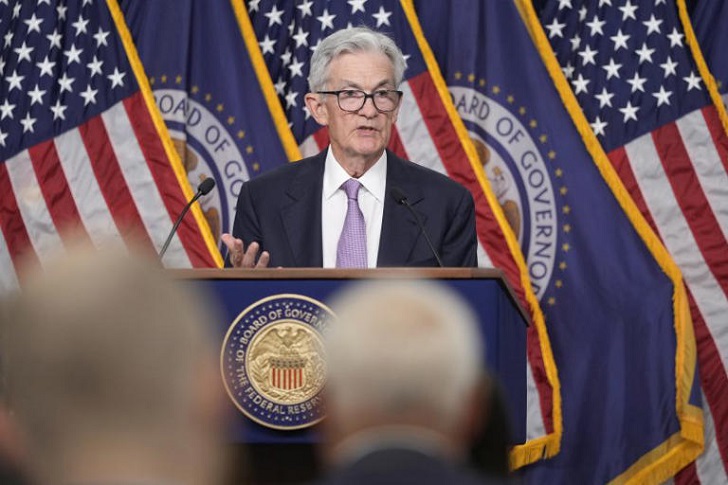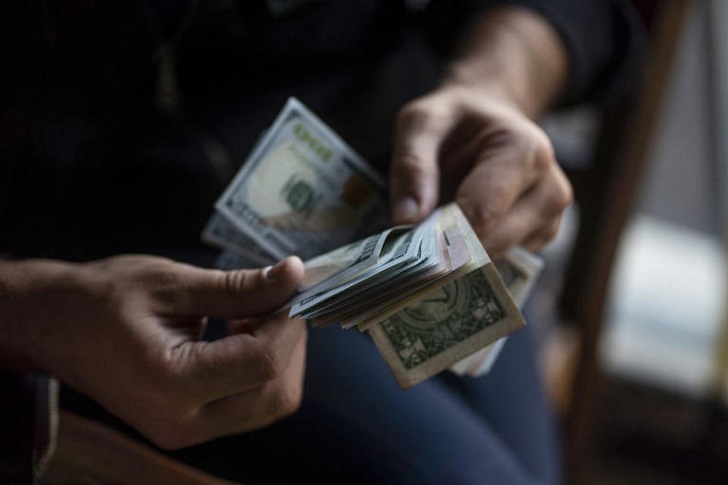The Federal Reserve's potential rate cut has generated considerable anticipation. For months, consumers, business owners, and policymakers have awaited this decision, which could mark a turning point for Americans facing high borrowing costs. With the Fed rate cut on the horizon, questions arise about its impact on personal finances, the housing market, and broader economic health.
How a Fed Rate Cut Could Benefit Borrowers and Businesses
When the Fed reduces rates, borrowing generally becomes more affordable. This change could lower costs on mortgages, car loans, credit cards, and small business loans. Lower interest rates mean consumers and businesses can access credit more affordably, often leading to increased spending. For small business owners, a lower rate environment could revive demand for housing-related services, allowing businesses to grow.
Small business owners have already felt the impact of higher rates. Mardis, who runs a painting business in Arizona, recalls the sharp drop in client inquiries as rates climbed, forcing him to lay off half his workforce. With a Fed rate cut, Mardis anticipates a demand rebound that could help his business and the economy.
How the Housing Market Could Respond
The housing market is one of the most interest rate-sensitive sectors. When the Fed started raising rates in 2022, mortgage costs soared, slowing home sales and making affordability a significant issue. As a result, homebuyers faced limited options, while potential sellers hesitated to give up their low-interest mortgages.
If the Fed cuts rates, more homeowners might consider selling, easing the inventory crunch that has prevented many from entering the housing market. Michele Raneri, head of research at TransUnion, explains that lower rates might encourage refinancing, freeing consumers from high-rate debt and making home sales more feasible. This change could relieve the tight housing supply, benefitting both buyers and sellers.
Will a Rate Cut Be Sufficient to Prevent an Economic Slowdown?
Despite optimism surrounding a rate cut, concerns remain about the Fed's timing and approach. The benchmark rate currently sits at 5.3%, a level many economists argue is too high for sustained economic growth. While the Fed may start with a traditional quarter-point cut, many would prefer a larger reduction to stimulate the economy more quickly.
Economist Diane Swonk highlights the fragility of the current labor market, noting that hiring has slowed, and unemployment has ticked up. She suggests that aggressive rate cuts could prevent a more significant downturn, providing much-needed relief to American workers and supporting ongoing employment gains.
Business Investment and Market Reactions

Maddie Biertempfel | MSN | Fed Chair Jerome Powell will continue rate cuts if inflation remains under control.
Lower interest rates also directly impact business investment, particularly in industries reliant on loans for expansion. Brittany Hart, who owns a software consulting firm in Phoenix, observes increased interest from potential clients as the housing market shows signs of life. Lower borrowing costs allow companies to make long-term investments and hire new employees, ultimately boosting economic growth.
Still, there is caution about a rapid rate reduction. According to TD Securities' Gennadiy Goldberg, an aggressive half-point cut could signal that the Fed has deep economic concerns, which might unsettle investors. A measured approach could help balance business confidence with prudent economic management.
The Long-Term Path of Fed Rate Cuts
Beyond this initial cut, the Fed’s decisions throughout next year will likely shape the economy's trajectory. Fed Chair Jerome Powell will continue rate cuts if inflation remains under control. Achieving a “soft landing” — reducing inflation without triggering a recession — remains challenging, but it’s the Fed’s ultimate goal.
Economists suggest that if the Fed is able to reduce rates to a “neutral” setting, closer to 3%, Americans may see more sustained financial relief. Lower rates could eventually stabilize consumer and business spending, providing a balanced path forward for the economy.
